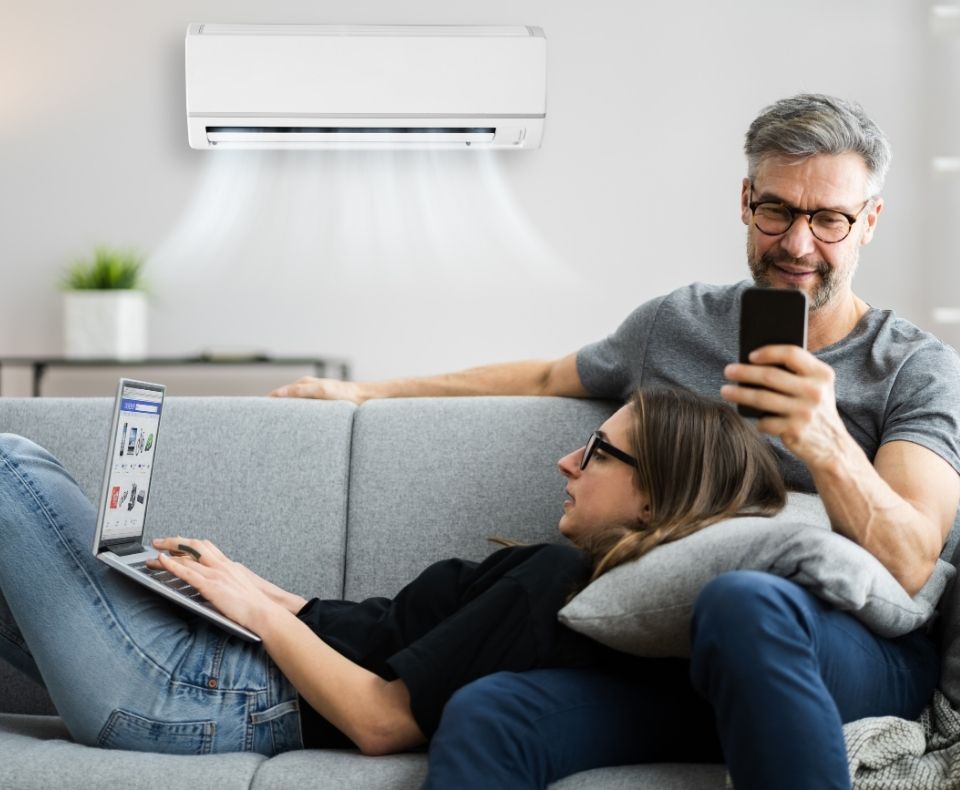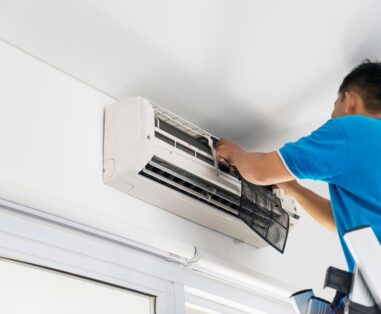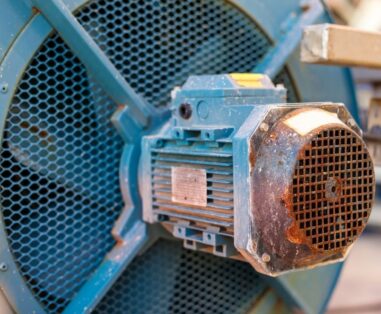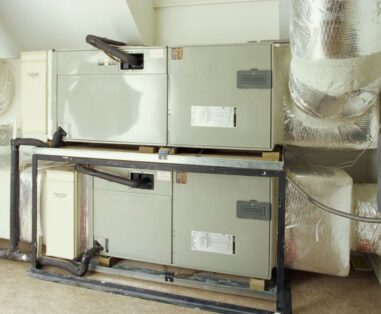Introduction
Selecting the right air conditioner for your home is a critical decision that impacts comfort, energy efficiency, and long-term costs. With so many options on the market, from central air systems to ductless mini-splits and heat pumps, it’s important to understand the key technical factors that influence cooling performance. In this guide, we’ll walk you through the technical aspects of choosing the right air conditioner, including sizing, efficiency ratings, and installation considerations, so you can make an informed decision.
1. Understand Your Cooling Load
Before choosing an air conditioner, it’s essential to calculate the cooling load of your home. This goes beyond just square footage. Proper sizing requires a detailed Manual J load calculation, which takes into account:
- Room Dimensions: Total volume, not just floor area. High ceilings increase cooling demand.
- Insulation and Window Efficiency: Homes with poor insulation or single-pane windows require more cooling capacity.
- Heat Gain Sources: Consider appliances, lighting, and the number of occupants, as they add heat to the space.
- Solar Orientation: South-facing rooms or those with large glass areas may need additional cooling.
“An accurately sized air conditioner not only keeps your home comfortable but also reduces energy bills and extends the lifespan of the equipment.” — Matt Akins, Manager of HVACR Education, ACCA
2. Choose the Right Type of Air Conditioner
There are several types of air conditioning systems to choose from, each with its advantages and best-fit scenarios:
- Central Air Conditioning: Best for whole-home cooling, works well with existing ductwork. Requires precise duct design to avoid airflow issues.
- Ductless Mini-Splits: Ideal for zoned cooling or homes without ductwork. High SEER2 ratings and flexibility in installation are key benefits.
- Heat Pumps: Provide both heating and cooling, making them an efficient choice for moderate climates. Look for HSPF2 and SEER2 ratings to gauge efficiency.
- Portable and Window Units: Suitable for small spaces or supplemental cooling, but less efficient overall.
3. Consider Efficiency Ratings (SEER2, EER2, and HSPF2)
Understanding efficiency ratings is critical when selecting an air conditioner:
- SEER2 (Seasonal Energy Efficiency Ratio 2): Measures overall cooling efficiency across a typical cooling season. Higher SEER2 means lower operating costs, but only if the system is correctly sized.
- EER2 (Energy Efficiency Ratio 2): Focuses on peak cooling efficiency at high outdoor temperatures. Important for extremely hot climates.
- HSPF2 (Heating Seasonal Performance Factor 2): For heat pumps, this measures heating efficiency. Look for 8.1 or higher for cold climates.
“A high SEER2 rating is only as good as the ductwork and installation. Proper sizing and design are critical to realizing energy savings.” — U.S. Department of Energy Strategy Guideline
4. Plan for Proper Ductwork and Airflow
Poorly designed ductwork can waste up to 30% of your air conditioner’s capacity. Key considerations include:
- Duct Sizing: Use Manual D calculations to size ducts based on CFM (cubic feet per minute) requirements per room.
- Static Pressure Management: Ensure your blower can handle the total external static pressure of the duct system.
- Duct Sealing: Leaky ducts can dramatically reduce efficiency. Use mastic or high-quality foil tape, not just duct tape.
5. Smart Features and Modern Controls
Modern air conditioners offer advanced features that can improve comfort and efficiency:
- Variable-Speed Compressors: Provide precise temperature control and reduce short-cycling.
- Smart Thermostats: Optimize energy use based on occupancy and outdoor temperature.
- Zoning Systems: Allow for targeted cooling, reducing overall energy costs.
6. Don’t Forget Ventilation and Air Quality
Good ventilation is essential for maintaining indoor air quality. Consider pairing your air conditioner with:
- ERV/HRV Systems: For balanced fresh air intake without losing conditioned air.
- High-MERV Filters: To capture airborne particles without over-restricting airflow.
- Dehumidifiers: In humid climates, this can reduce the cooling load and improve comfort.
Final Thoughts
Choosing the right air conditioner for your home isn’t just about picking the unit with the highest SEER2 rating. It’s about matching the system to your home’s specific cooling needs, ensuring proper duct design, and investing in quality installation. By considering these technical factors, you can maximize comfort, reduce energy bills, and extend the life of your system.









